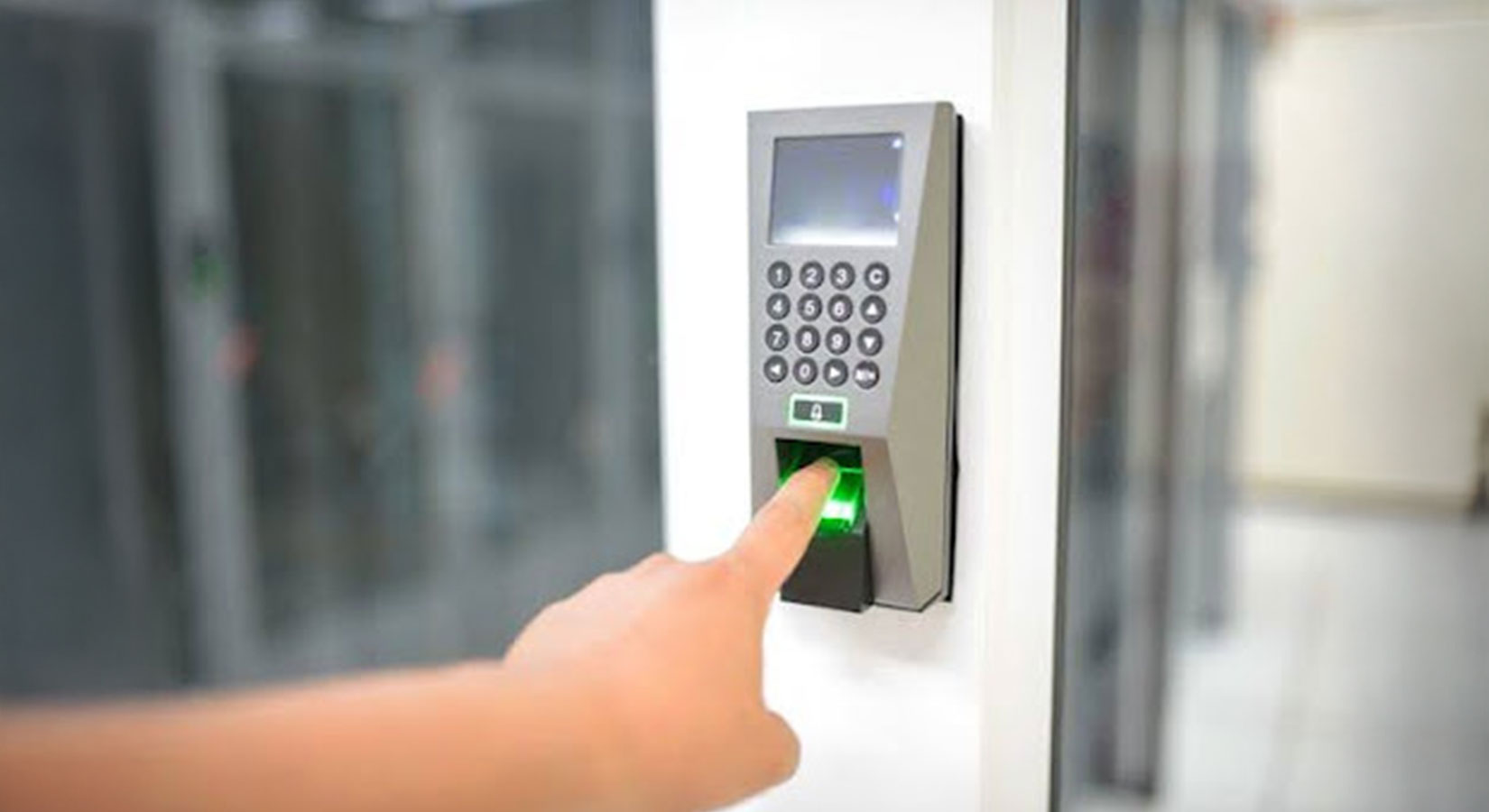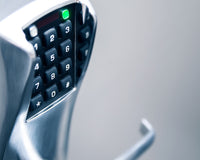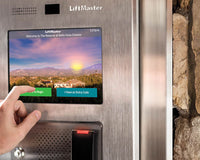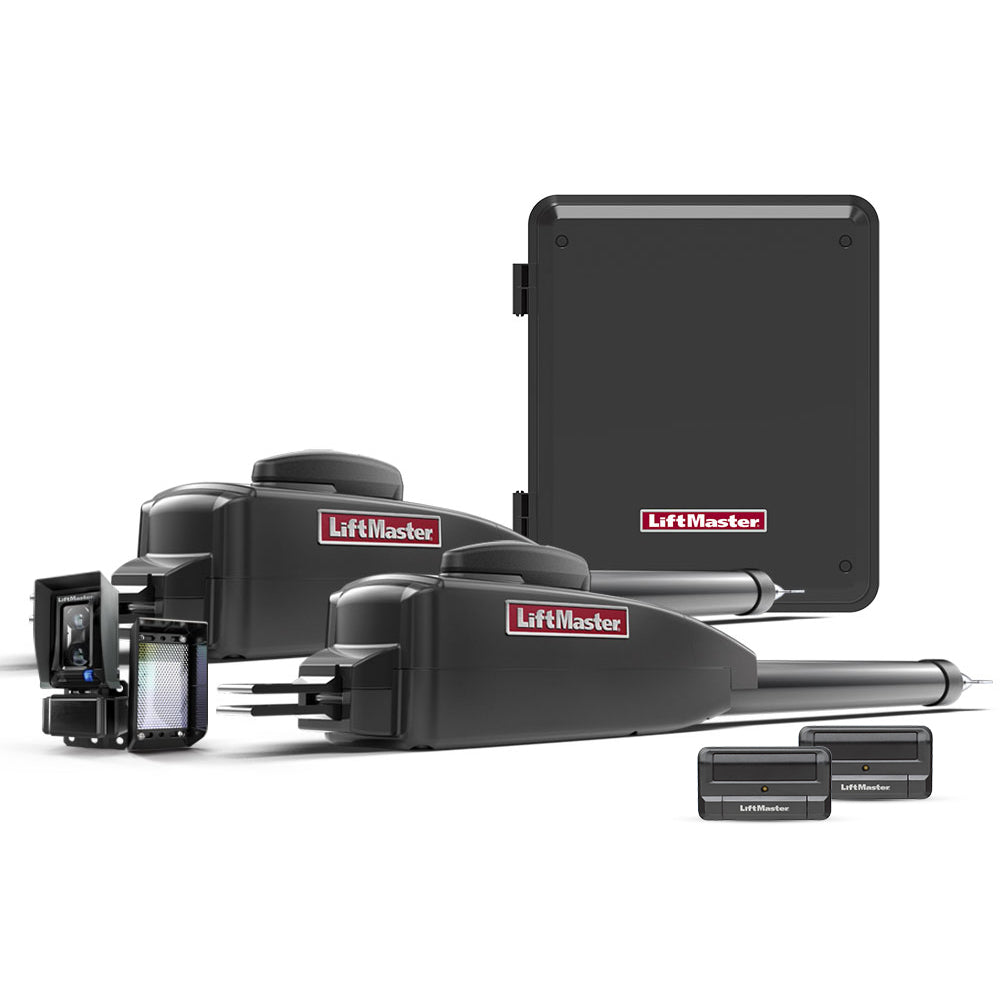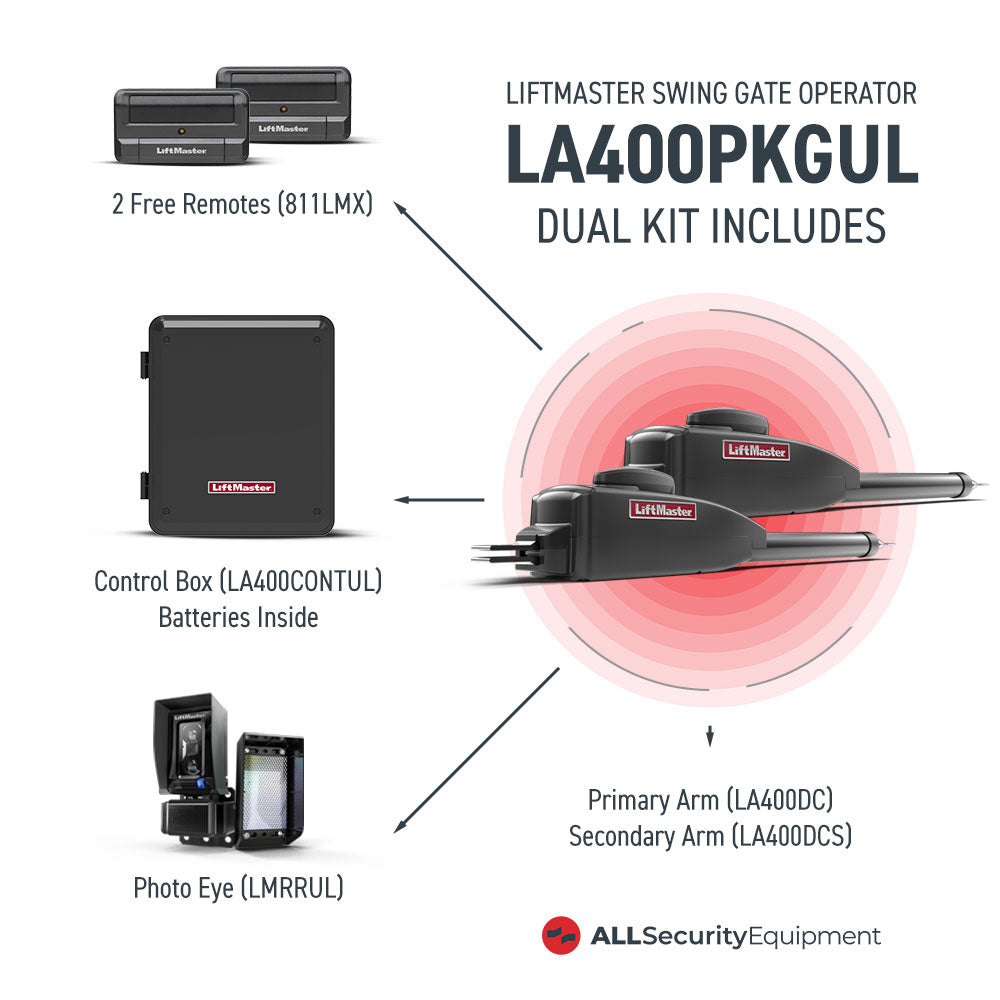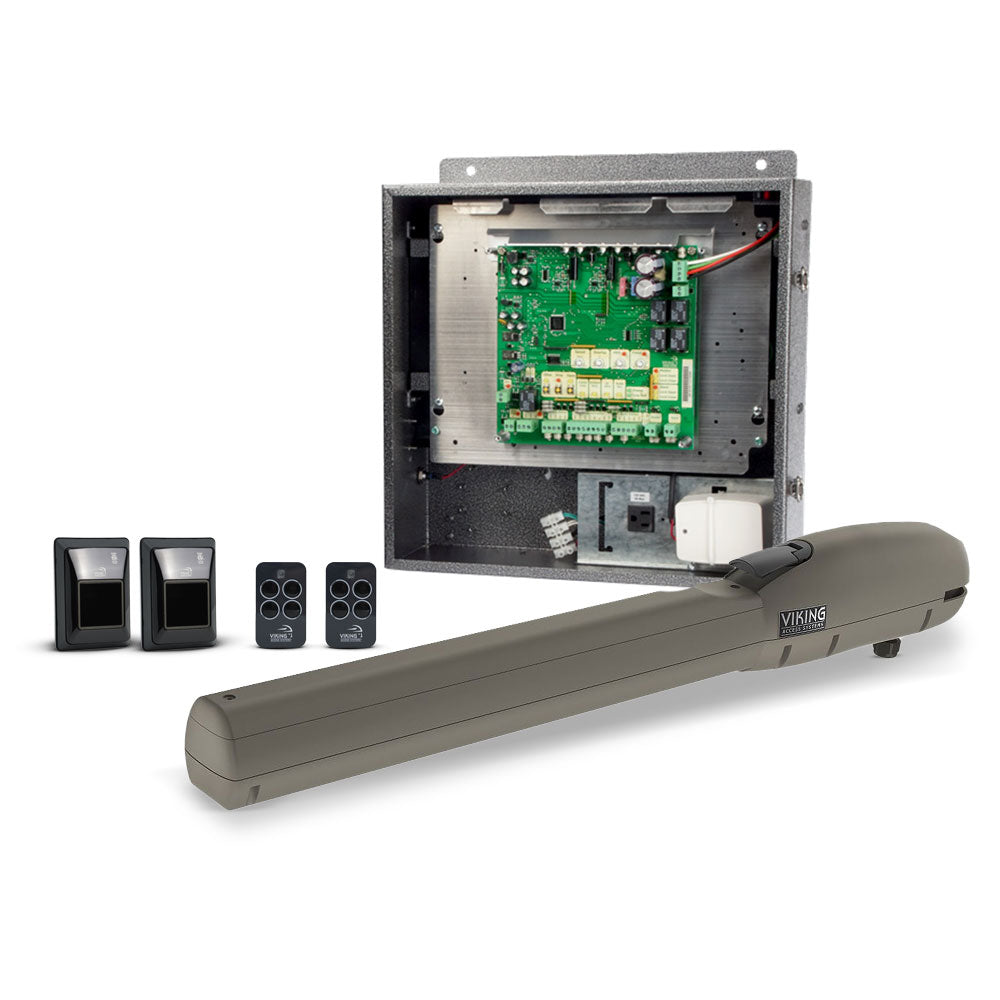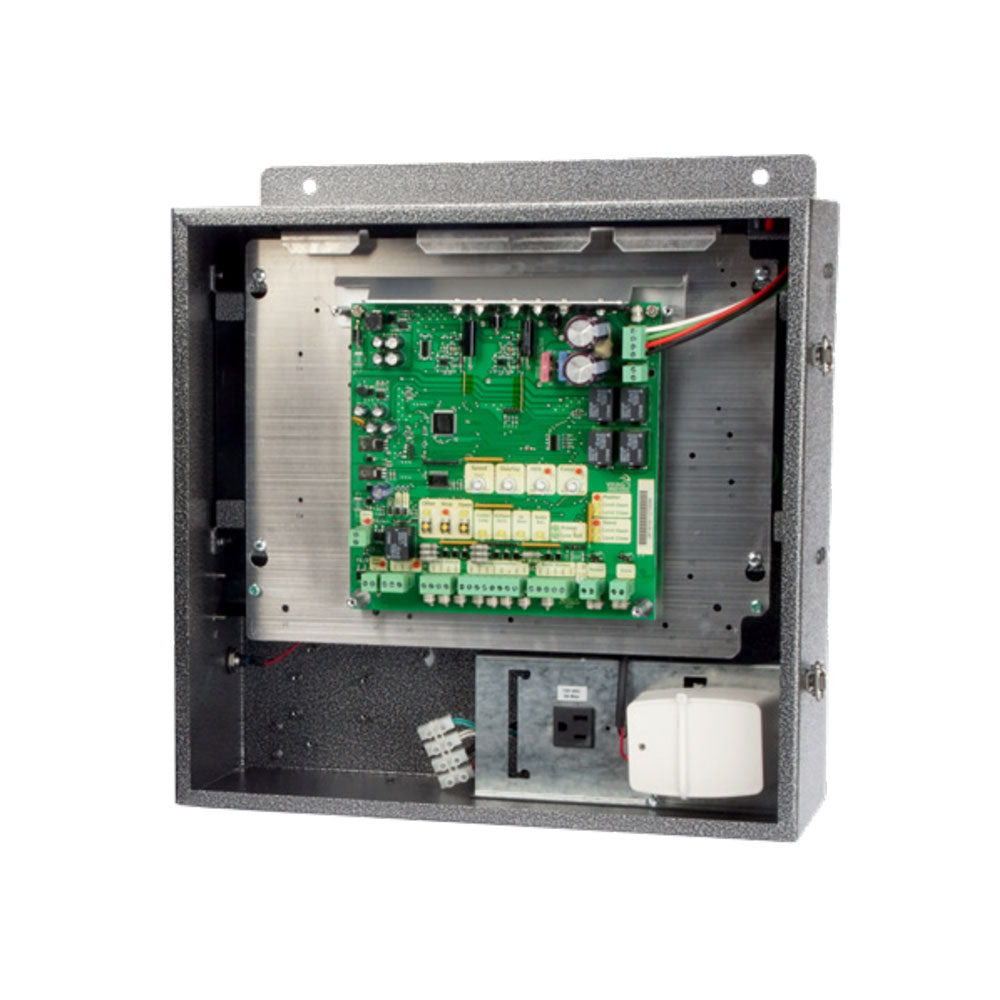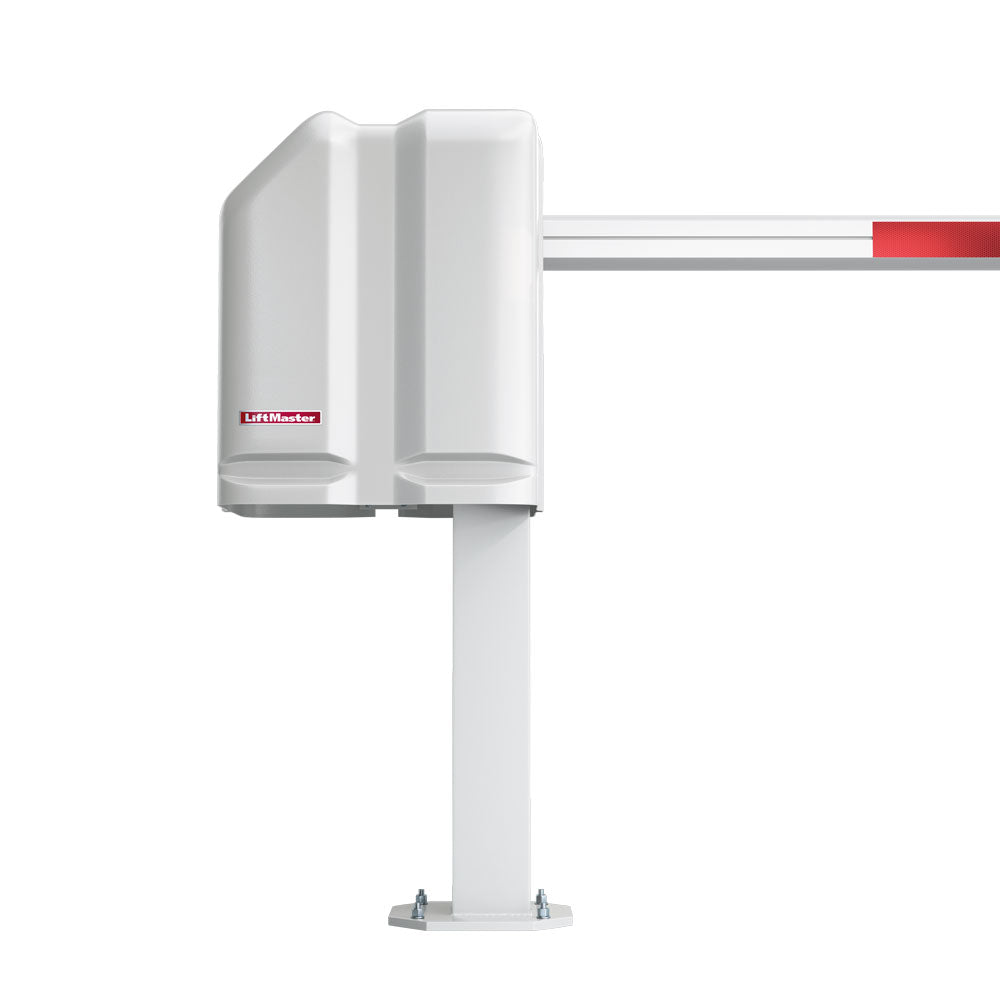Access control systems have long been a part of the security of most commercial facilities, working in conjunction with everything ranging from security cameras and intruder alert systems, and more recently, biometrics have become highly integrated with most commercial access control systems.
The highly sophisticated nature of today’s security system in many commercial establishments demands using innovative solutions to help protect assets, employees, and customers.
Biometric technology, previously used only by the upper echelons of organizations such as military research centers and high-tech facilities, has now become commonplace in both small-scale and large-scale organizations, and for good reasons.
What Are Biometrics in Access Control?
In simple terms, biometrics refers to the measurement and analysis of unique physical or behavioral traits, such as facial features, fingerprints, iris patterns, or voice, used for identification and authentication purposes.
In modern commercial access control systems, biometrics act as an extra layer of robust security and an efficient alternative to traditional access control mechanisms like keycards, PINs, and passcodes. It is common to find commercial access control systems that use biometrics in conjunction with traditional access control mechanisms.
The major selling point of integrating biometrics in commercial access control systems is that it leverages individuals' unique biological attributes to help businesses establish a higher level of security while reducing the vulnerabilities associated with traditional access systems.
The Growing Need for Biometric Access Control in Commercial Spaces
Commercial properties typically range from office complexes to warehouses and retail spaces, and these structures continue to face increasing challenges in ensuring secure yet accessible environments.
The consequences of unauthorized access to commercial spaces include data breaches, theft, and, in some cases, harm to personnel.
Traditional access control methods may be susceptible to some of these security breaches:
- Keycards can be lost or stolen
- PINs and passwords can be shared or hacked
- Physical keys can be duplicated
Biometrics eliminates a lot of these risks by tying access permissions to traits that are almost impossible to duplicate or share.
The increasing level of sophistication among the community of malicious hackers has made it necessary for any commercial facility serious about their security to integrate biometrics in their access control systems.
Types of Biometric Technologies Used in Commercial Access Control
Below are the most common types of biometric technologies used in commercial access control systems:
Fingerprint Recognition
In a world filled with sophisticated smartphones, infrared scanners, and many fingerprint-scanning technologies, fingerprint scanners are the most common type of biometric system used in access control systems.
Fingerprint scanners are cost-effective and reliable. They work by scanning the ridges and patterns of a user’s fingerprint and comparing them against stored templates for authentication. The level of accuracy of a fingerprint scanner depends on the sophistication of the system.
- Pros: Fast, accurate, and typically works well for environments with moderate traffic
- Cons: Dirt, moisture, or injuries to fingers may affect performance
Facial Recognition
Facial recognition works by using cameras or infrared-based facial scanning systems to analyze facial features, such as the distance between the eye, nose shape, and jawline.
Facial recognition systems are commonly used in contactless environments.
- Pros: Convenient and hygienic. It works well in high-traffic areas
- Cons: This system can be severely affected by lighting conditions and face coverings, making it less ideal for facilities that require the use of face covers, masks, or helmets
Iris and Retina Scanning
Iris and retina scanners are considered highly sophisticated biometric systems and are used in facilities with high-security requirements. These systems work by analyzing unique patterns in the eye.
Iris scanning is less intrusive than retina scanning, making it a more practical choice for commercial applications.
- Pros: This system is extremely accurate and difficult to spoof
- Cons: It involves high installation and maintenance costs and suffers from slow processing times
Voice Recognition
Voice biometrics is a bit controversial, as many artificial intelligence systems can accurately simulate an individual's voice patterns with sufficient training. Voice biometrics identify individuals based on their unique vocal patterns. This technology is usually used in multi-factor authentication systems and rarely as standalone access control systems.
- Pros: No physical contact is required. This is useful in remote access scenarios
- Cons: Background noise and voice changes (e.g., due to illness) may affect accuracy and can be easily spoofed
Advantages of Integrating Biometrics in Commercial Access Control Systems
Below are the major advantages offered by biometric access control systems:
- Enhanced Security: Biometrics helps to eliminate the risk of stolen keys, duplicated access cards, or shared PINs.
- Convenience and Efficiency: Users do not have to worry about carrying physical credentials or remembering complex passwords. It is also easy to revoke access for particular users when required.
- Audit Trails and Accountability: Biometric systems can easily log detailed access records, providing business owners and security teams with clear insights into who accessed what and when.
- Scalability and Customization: Modern biometric solutions can be easily integrated with existing access control systems and scaled as the business expands.
- Reduced Costs in the Long Run: While the initial cost of biometrics installation may be higher than that of traditional access control methods, they often result in more cost savings over time.
Ready to Choose a Reliable Biometric System for Your Facility?
It is safe to say that the integration of biometrics in commercial access control systems represents a paradigm shift in how businesses and commercial facilities approach security.
Biometric systems offer unmatched levels of protection, convenience, and accountability, ensuring that companies can consistently stay ahead of their security challenges.
Therefore, the integrity of your system boils down to the quality of the biometric security system that you choose. Thankfully, this is where All Security Equipment shines as a leader in commercial security solutions.
All Security Equipment is committed to helping businesses navigate the ever-evolving commercial security landscape. We provide state-of-the-art products tailored to your unique needs, from advanced facial recognition systems to fingerprint scanners that integrate seamlessly with your commercial access control systems.
Explore our range of access control solutions today and discover the best biometrics to revolutionize your security strategy. To learn more about our collections of products, contact our friendly customer service team today!

